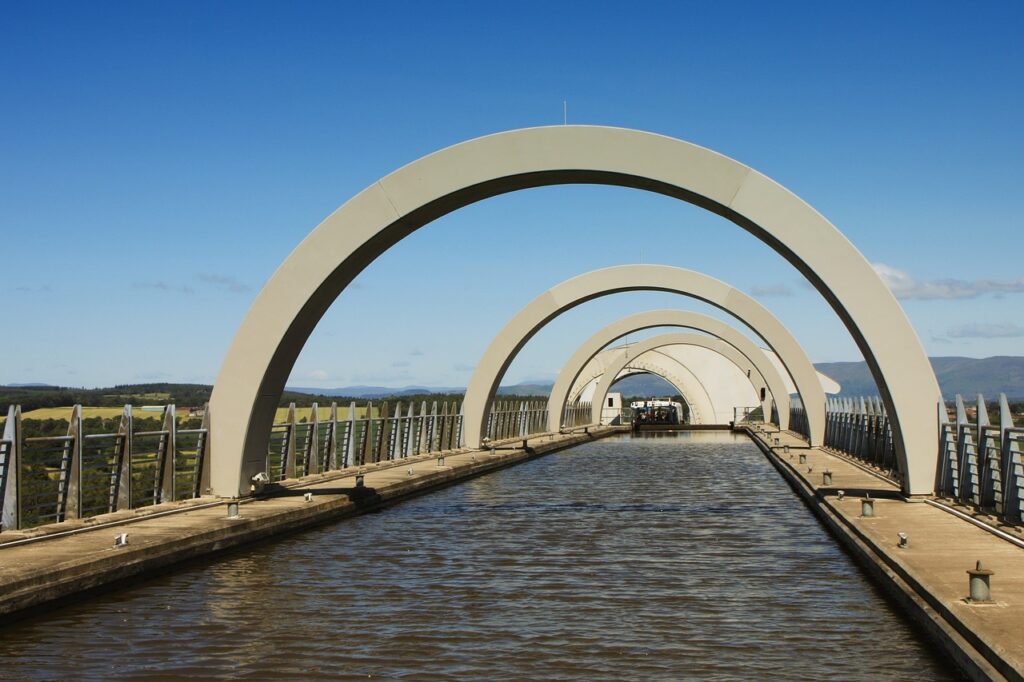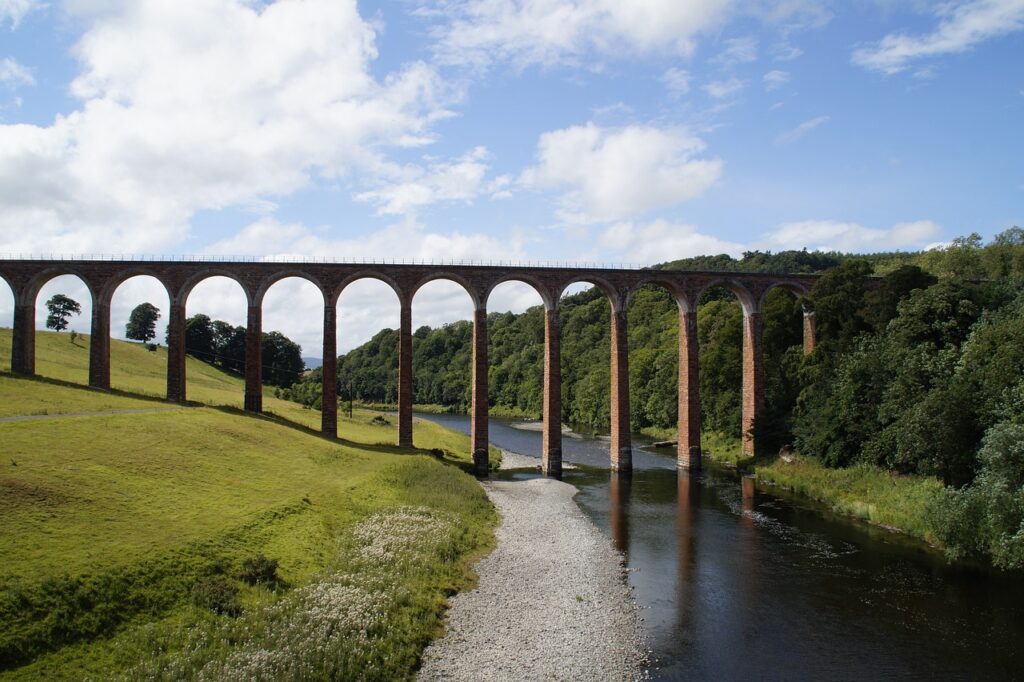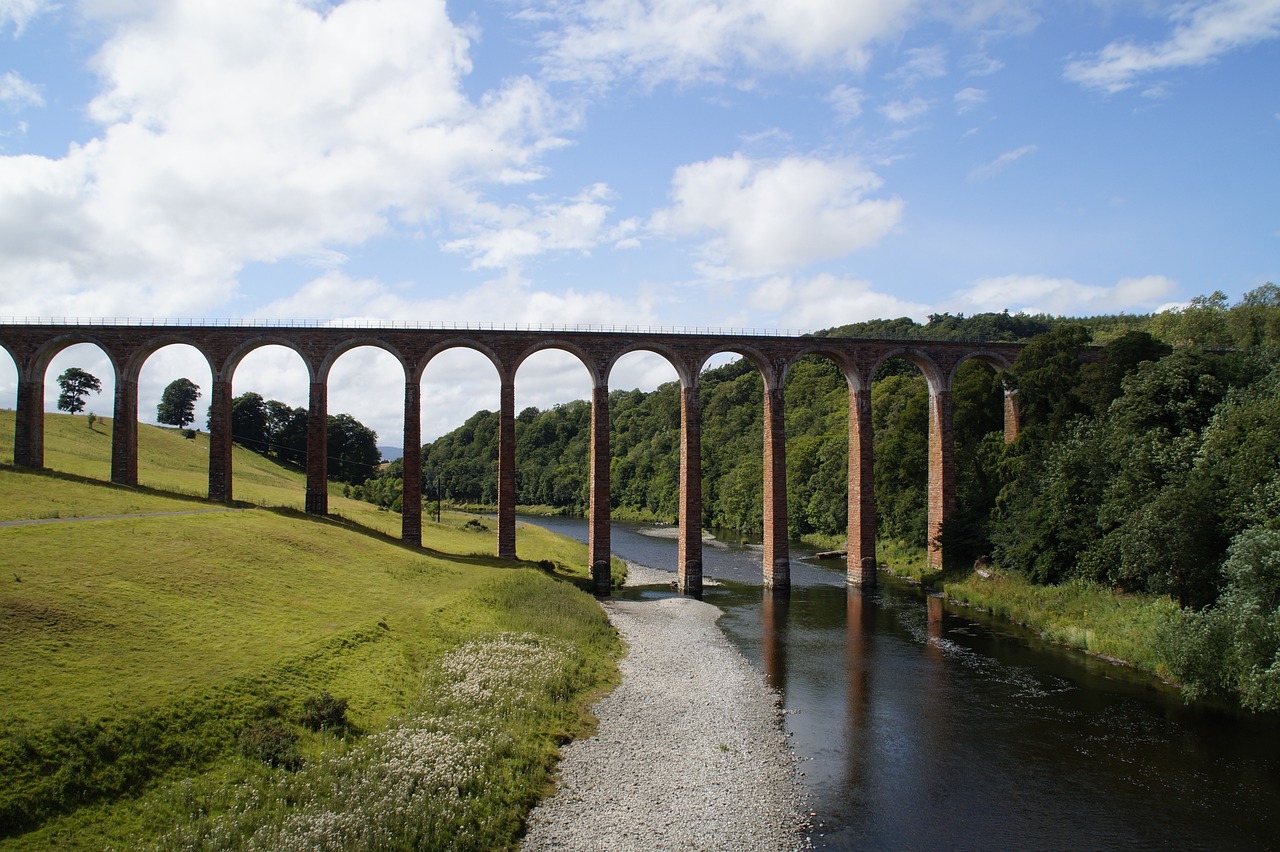Scotland, with its rugged landscapes, historic cities, and picturesque countryside, is a treasure trove waiting to be explored. From the bustling streets of Edinburgh to the remote Highlands and islands, this diverse country offers travelers a wealth of attractions and experiences. Navigating Scotland’s transportation network is key to unlocking its wonders and making the most of your visit. In this comprehensive guide, we’ll delve into the various transportation options available in Scotland, from trains and buses to ferries and rental cars, to help you plan your journey with ease.

Section 1: Overview of Scotland’s Transportation Network
1.1. Trains:
Scotland’s rail network is operated by ScotRail, offering efficient and scenic connections between major cities, towns, and tourist destinations. The main rail hubs are Edinburgh and Glasgow, with frequent services to destinations such as Inverness, Aberdeen, and the Scottish Highlands. Traveling by train allows passengers to enjoy panoramic views of Scotland’s countryside while enjoying modern amenities onboard.
1.2. Buses:
Buses are a convenient and cost-effective way to explore Scotland’s cities and rural areas. Local bus services operate within cities like Edinburgh, Glasgow, and Aberdeen, providing easy access to attractions and neighborhoods. Long-distance coach services, such as those operated by National Express and Megabus, connect major cities and towns across Scotland, as well as offering routes to destinations in England and Wales.
1.3. Rental Cars:
Renting a car gives travelers the freedom to explore Scotland at their own pace, venturing off the beaten path and discovering hidden gems along the way. Major car rental companies have offices at airports and city centers throughout Scotland, offering a wide range of vehicles to suit every budget and preference. Keep in mind that driving in Scotland involves navigating narrow roads, single-track lanes, and driving on the left side of the road.
1.4. Ferries:
Scotland’s extensive coastline and numerous islands are accessible by ferry, offering scenic journeys across the sea. CalMac Ferries operates the majority of ferry routes to Scotland’s islands, including popular destinations like the Isle of Skye, Isle of Mull, and Orkney Islands. Ferry services also connect mainland Scotland to Northern Ireland and continental Europe, providing an alternative travel option for those exploring beyond Scotland’s borders.
Section 2: Getting Around Scotland’s Cities
2.1. Edinburgh:
Scotland’s capital city, Edinburgh, is compact and walkable, making it easy to explore on foot. The city also has an efficient public transportation system, including buses and trams, which connect key attractions and neighborhoods. Visitors can purchase single tickets or day passes for unlimited travel on Edinburgh’s public transport network, making it convenient to hop between sights like Edinburgh Castle, the Royal Mile, and Arthur’s Seat.
2.2. Glasgow:
Glasgow, Scotland’s largest city, is well-served by buses, trains, and the Glasgow Subway, known locally as the “Clockwork Orange.” The subway system consists of a single circular line that connects the city center to surrounding neighborhoods and attractions. Travelers can purchase single tickets or day passes for unlimited travel on the subway and buses, making it easy to explore Glasgow’s vibrant arts scene, shopping districts, and historic landmarks.
2.3. Aberdeen:
Aberdeen, located in northeastern Scotland, is known for its granite architecture, thriving oil industry, and picturesque coastline. The city’s public transportation network includes buses and trains, providing connections to attractions such as Marischal College, Aberdeen Art Gallery, and the Beach Ballroom. Visitors can purchase single tickets or day passes for convenient and affordable travel around Aberdeen and the surrounding area.
Section 3: Exploring Scotland’s Rural Areas
3.1. Scottish Highlands:
The Scottish Highlands are a vast and rugged region of mountains, lochs, and glens, offering endless opportunities for outdoor adventure and exploration. Travelers can reach the Highlands by train, bus, or rental car, with scenic routes like the West Highland Line offering breathtaking views along the way. Once in the Highlands, visitors can hike in national parks like Cairngorms and Loch Lomond & The Trossachs, explore historic castles such as Eilean Donan and Urquhart, and discover charming villages like Fort William and Pitlochry.
3.2. Isle of Skye:
The Isle of Skye, located off the west coast of Scotland, is a paradise for nature lovers and outdoor enthusiasts. Travelers can reach Skye by car via the Skye Bridge or by ferry from the mainland. Once on the island, visitors can explore dramatic landscapes, including the iconic Cuillin Mountains, the otherworldly rock formations of the Quiraing, and the picturesque fishing villages of Portree and Dunvegan.
Conclusion:

Scotland’s diverse landscapes, rich history, and vibrant culture make it a captivating destination for travelers from around the world. Navigating Scotland’s transportation network is essential for making the most of your visit, whether you’re exploring the cities, venturing into the countryside, or hopping between islands. By familiarizing yourself with the various transportation options available, you can plan your journey with ease and embark on an unforgettable Scottish adventure. So pack your bags, prepare for exploration, and get ready to discover the wonders of Scotland firsthand. Happy travels!




